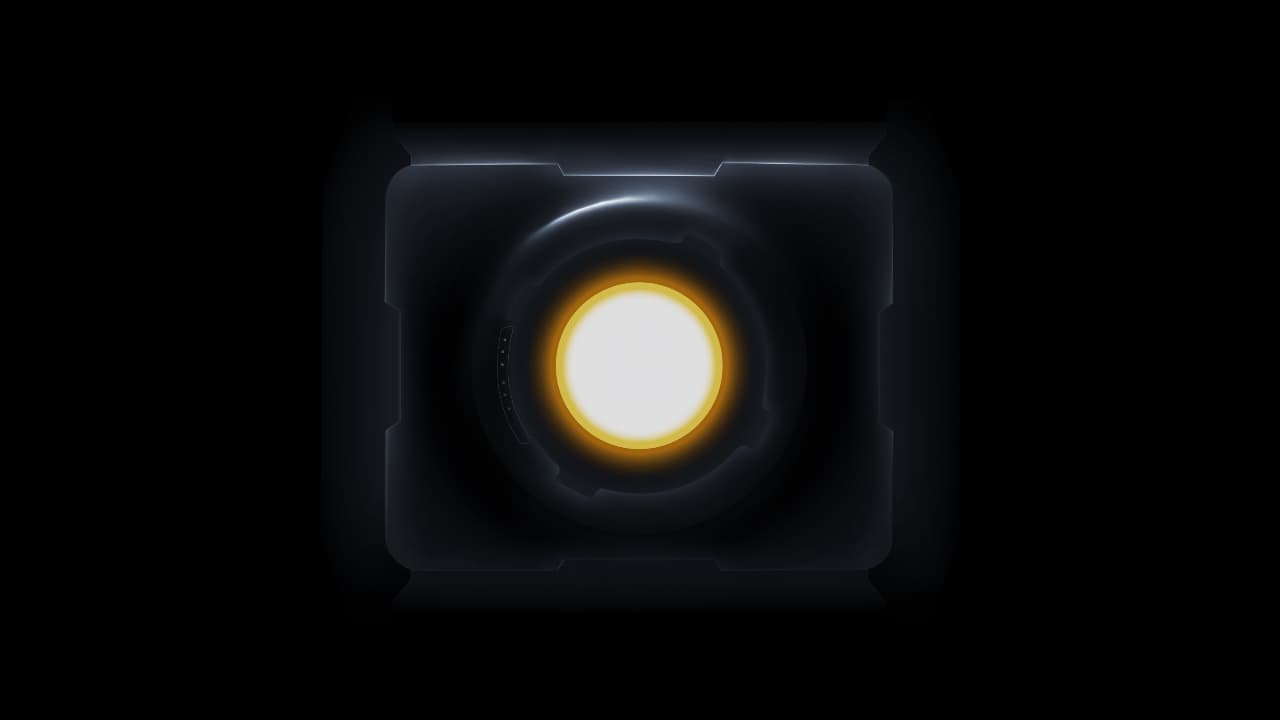
Few fields have changed as much as lighting in recent years, which should make IBC2024 a fertile stage for some interesting new debuts and/or updates.
For years, film and TV lighting has been collectively chasing more or less one goal. If you live in a place with 110-volt power and don’t usually have generators, that became less useful as power levels began to exceed a kilowatt. IBC2024 might be the moment at which people in 240-volt locales might also start to encounter LEDs they can’t run from a household outlet.
Nanlux has been coy about the Evoke 5000B, releasing not much more than the name and a teasingly-silhouetted image that’s mostly black. The name suggests the spec, but the overall situation suggests a company keen to beat the competition to a product announcement, which might mean that things are still at a comparatively nascent stage. That’s often the case with trade show announcements, but either way, Nanlux is probably the first company to announce such a high-power, single source light.

5K is a lot for an LED, requiring industrial-scale power anywhere. Conversely, Godox’s MG1200R (above) was announced in August as (counterintuitively) a 1500W device. It should run from the wall in 110-volt jurisdictions on a twenty-amp circuit, or anywhere in 240-volt places. Either way, the MG1200R is effectively a full colour mixing edition of the existing MG1200Bi, shown at NAB, and it’s already advertised for sale at a lot of places. It’s often been the case that IBC is a reliable place to see things which existed only as scrambled-together one-offs at NAB.
Similarly, Atomos showed it’s Sun Dragon design at NAB. Arising from the company’s work on high-power backlights, it’s an interesting design. Built more or less in the form of an LED strip light, it has proper colour rendering and a sturdier outer sheath with liquid cooling inside. Sometimes, new products seem to beckon new techniques. We’ll see what people make of it.
Deep blue
As power levels climb, the audience who can use them necessarily shrinks, but there are certainly improvements still to be made at all power levels. Something everyone should be asking about is improved output of deep blue light, which until recently couldn’t be any bluer than the rather royal blue of a blue LED. Some lights do now include violet LEDs, which matters: certain aspects of human skin are slightly fluorescent in the deep blue. Skin tones are not just about red.
Manufacturers can only practically address that once humanity works out how to make better, more affordable, deep blue light sources. Meanwhile, people are leaning into other innovations. It’s not necessarily clear that Aputure’s Sidus One is that much of an innovation, though it does a lot. It’s a CRMX-Art-Net-sACN-DMX-WiFi-Bluetooth bridge, which might be a novel combination, but the main event is that it’s a vastly more affordable alternative to the incumbents. People who need even more - such as to run a huge number of the company’s Infinibar lights with dozens or hundreds of control channels each - might be interested in looking at a Sidus Four at IBC this year (below).

Power games
If there’s a change in lighting in the industry more generally, it’s that the move to battery power has gone from small to medium-sized to huge. Anton-Bauer, Green Voltage and others have been pushing generator-scale power for a while. The thing is, there’s actually an even easier way to power productions in ways that don’t require particulate-belching diesel (or even HVO) generators. Yes, we can make giant battery packs, or we can… well… plug into the national power network, which is inevitably cleaner than power from a big battery pack. Of course, if we’re on location, that’s currently (ha!) tricky, though the solution is some cables and connectors, which is about the least-difficult technology imaginable in context.
The idea of installing accessible mains power pillars has been discussed with regard to the parts of London which see the most film and TV traffic. The logistic and technical issues are far from zero. Still, given that LEDs now work pretty well for most things, further improvements to the (often grim) carbon footprint of the film industry seem overdue - and this idea seems like low-hanging fruit. It’s just not a very likely technology to show up at a trade show.
tl;dr
- The lighting industry has seen significant advancements in recent years, particularly in the development of high-power LED lights
- Companies like Atomos are introducing innovative designs like the Sun Dragon, which features proper color rendering and liquid cooling, signaling a shift towards new lighting techniques and technologies.
- There is a focus on improving output of deep blue light in LED sources, with the introduction of violet LEDs to address certain aspects of human skin that are fluorescent in deep blue light.
- The industry is also witnessing a transition towards battery power, with discussions on alternative power solutions and the potential of plugging into the national power network for cleaner energy.


Comments